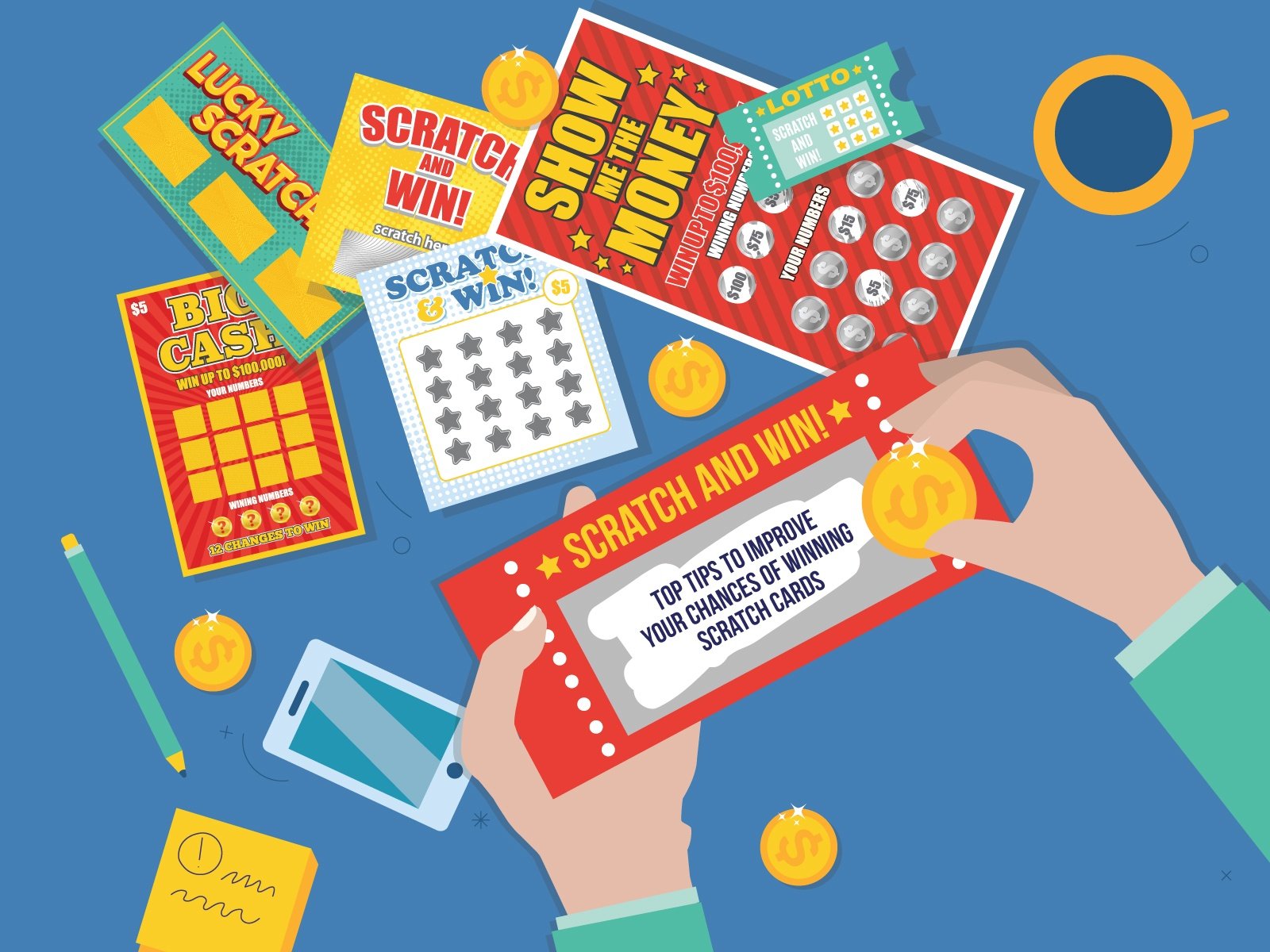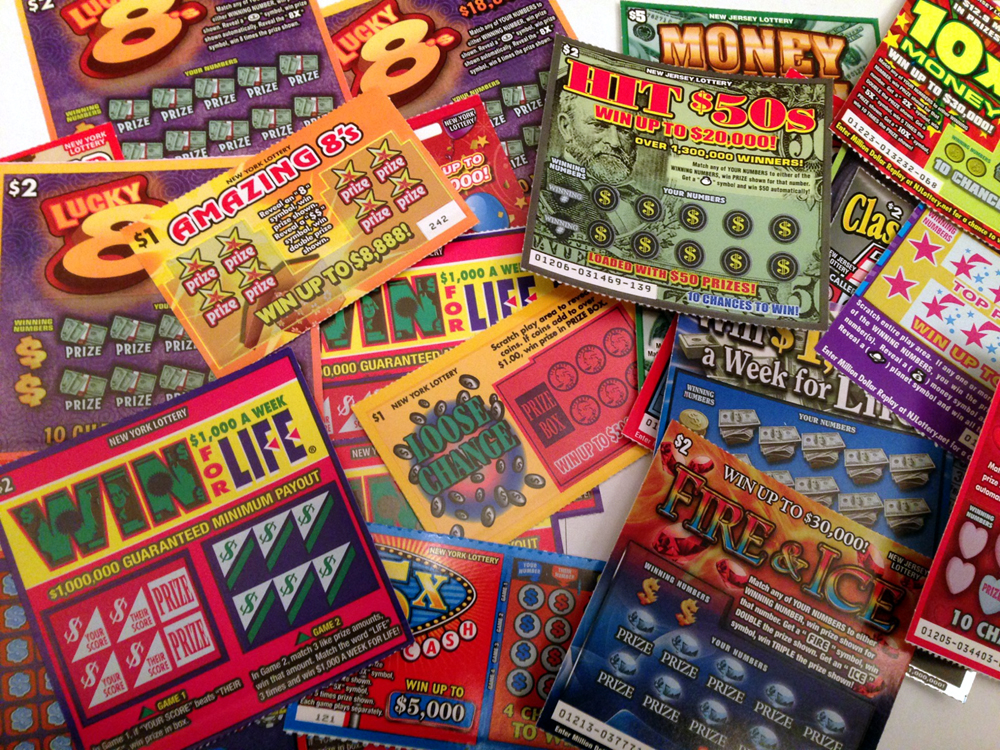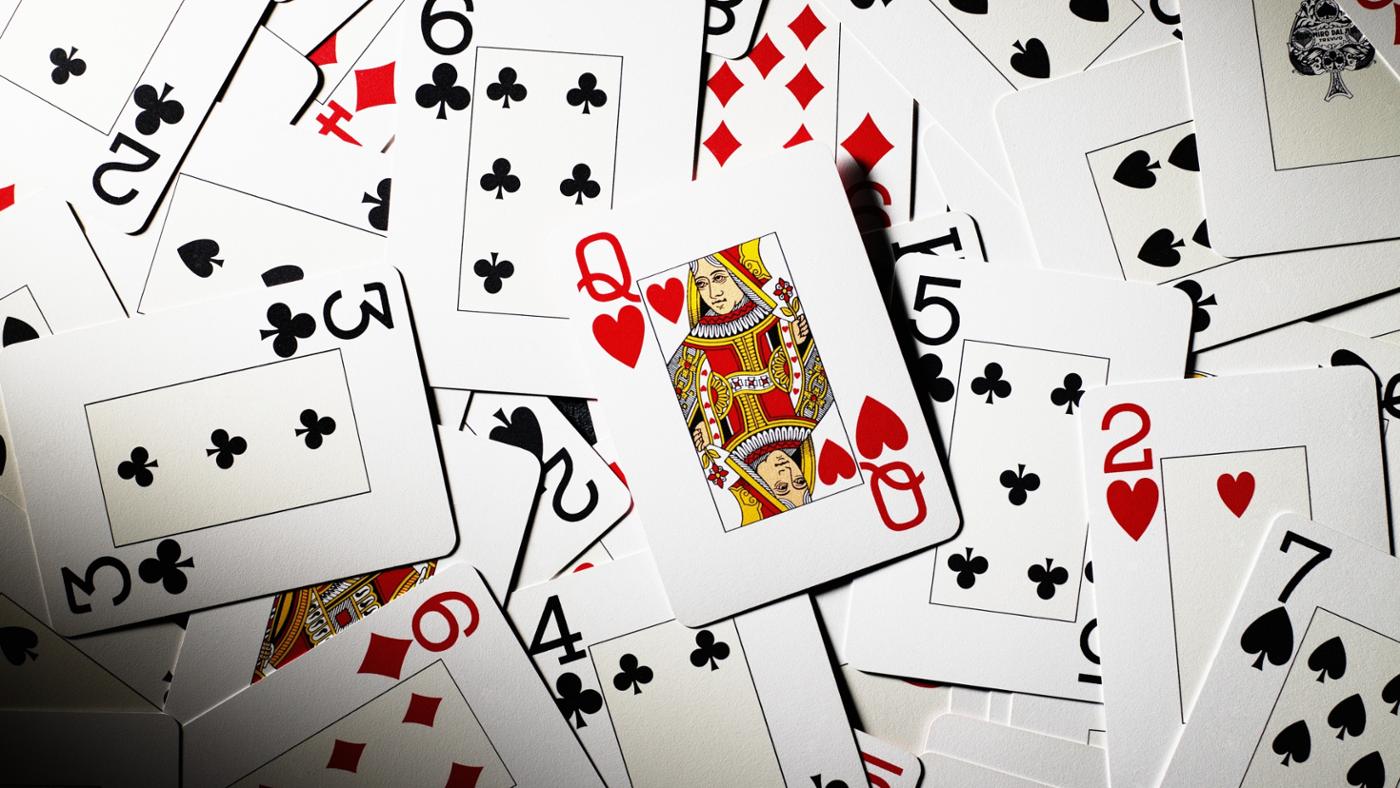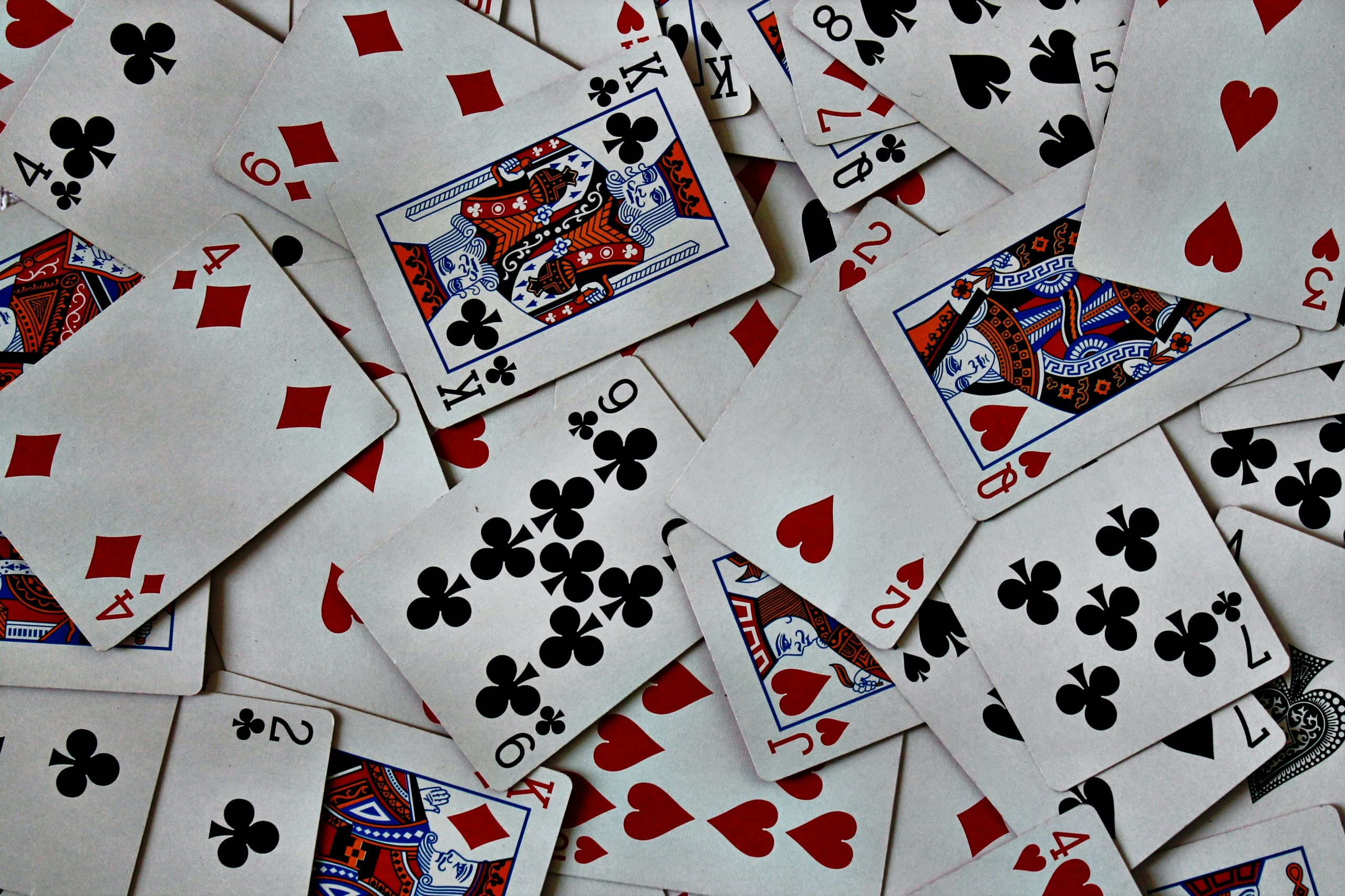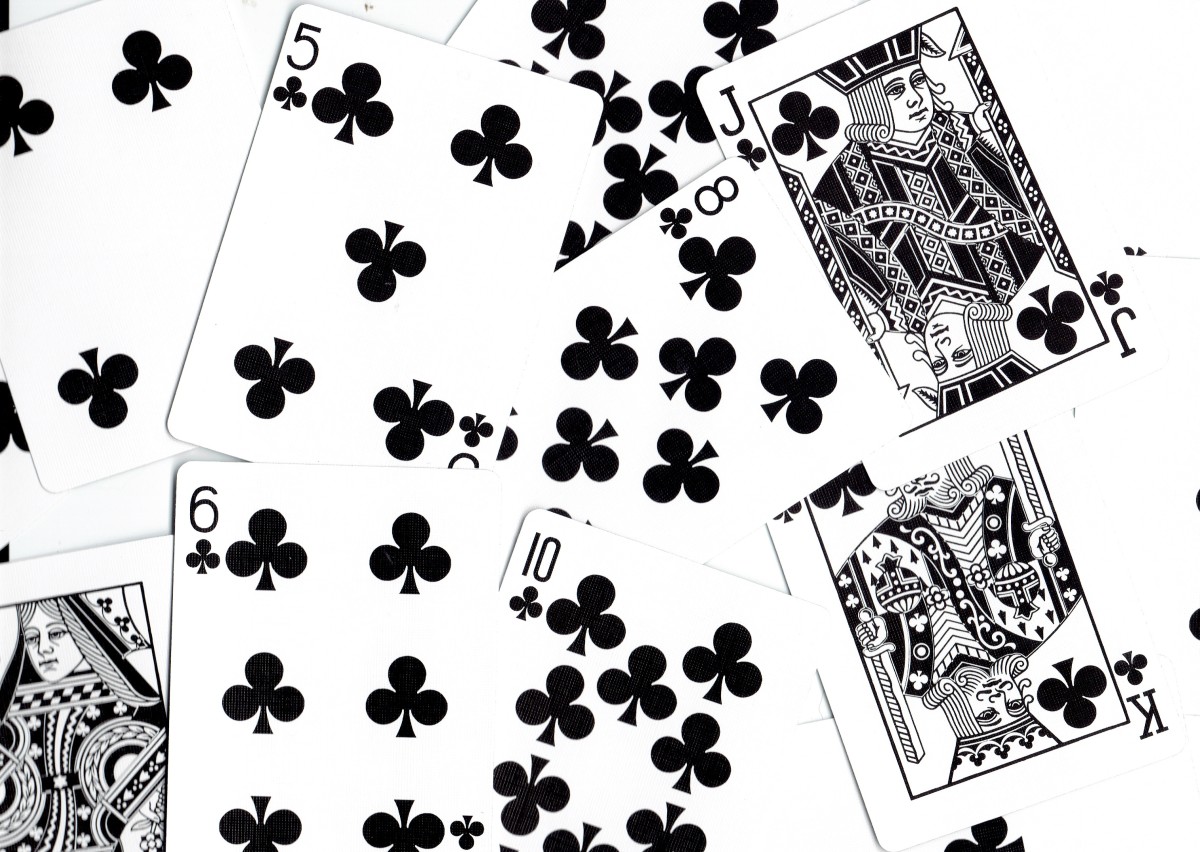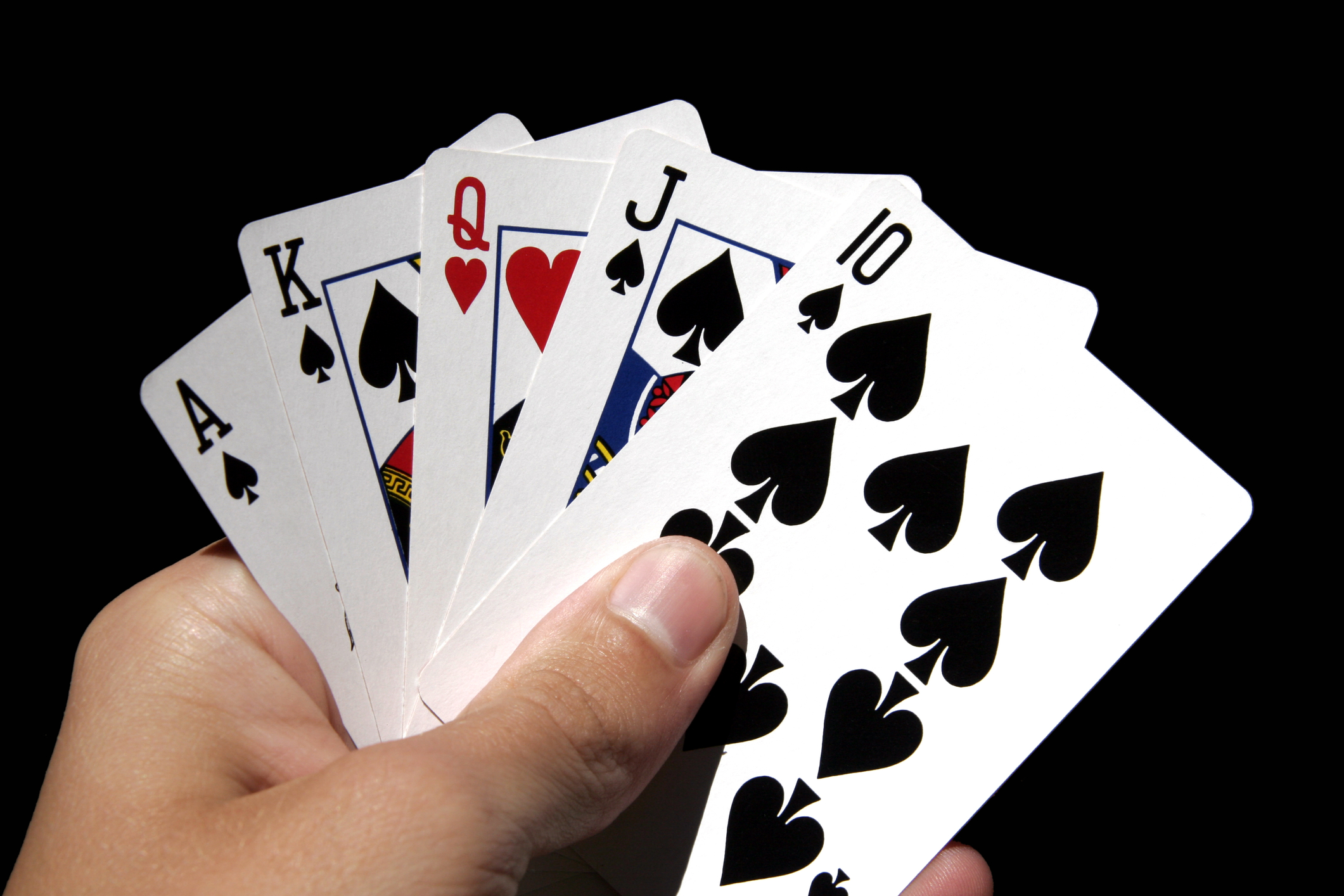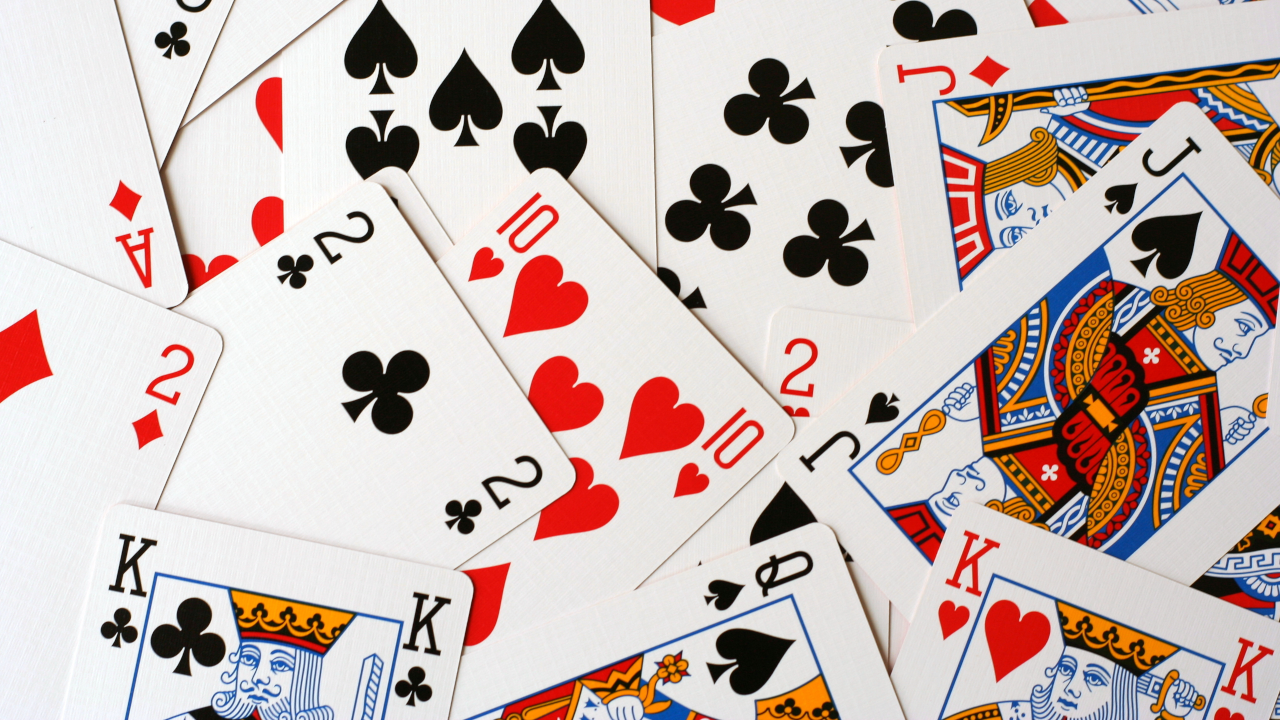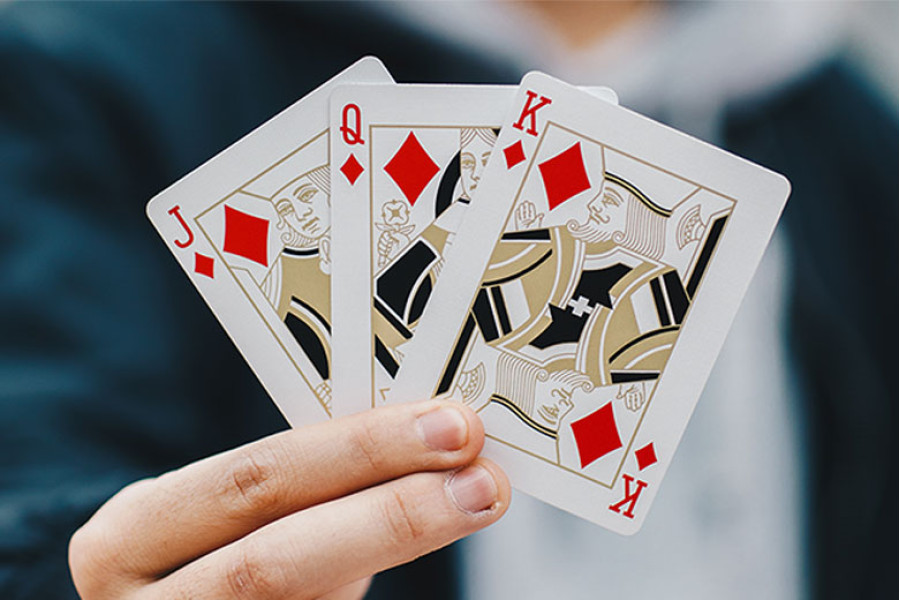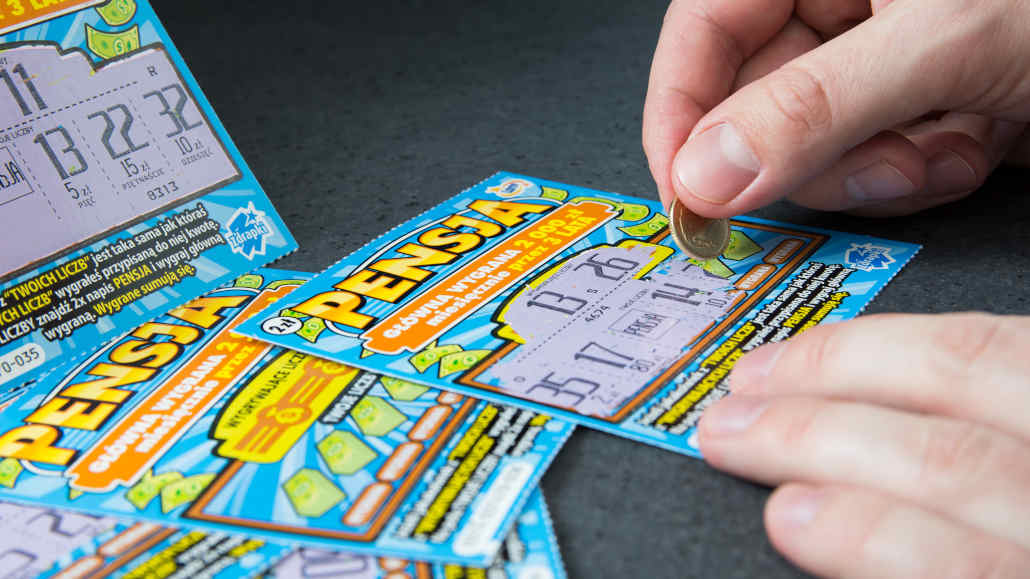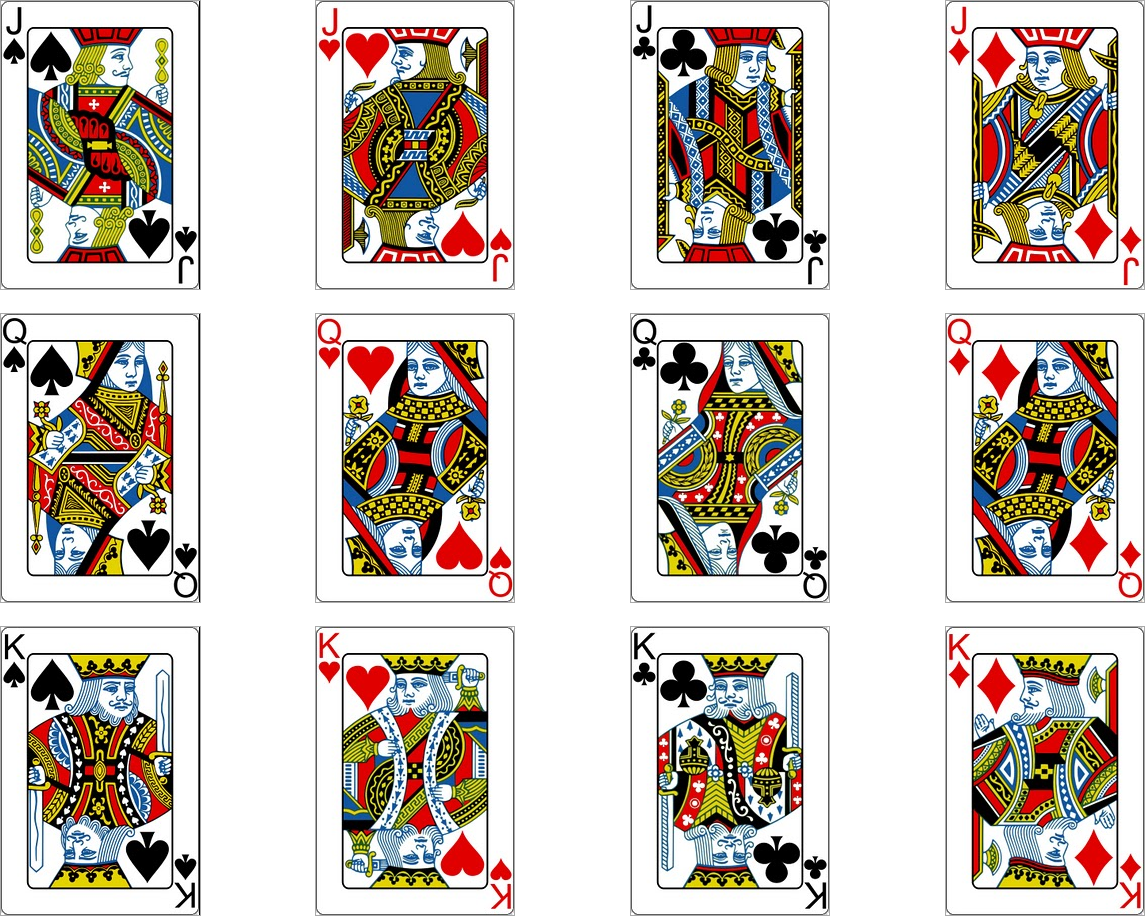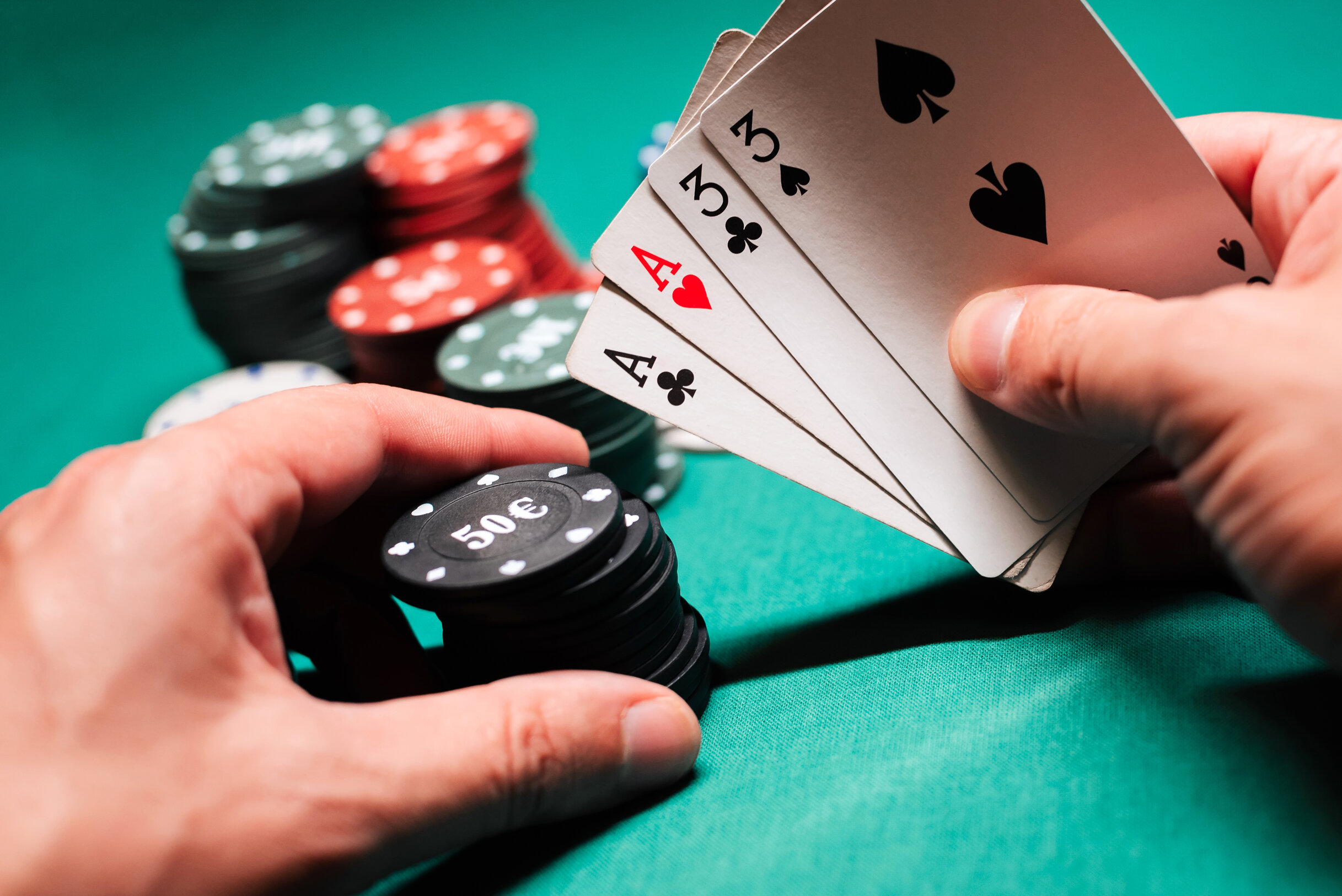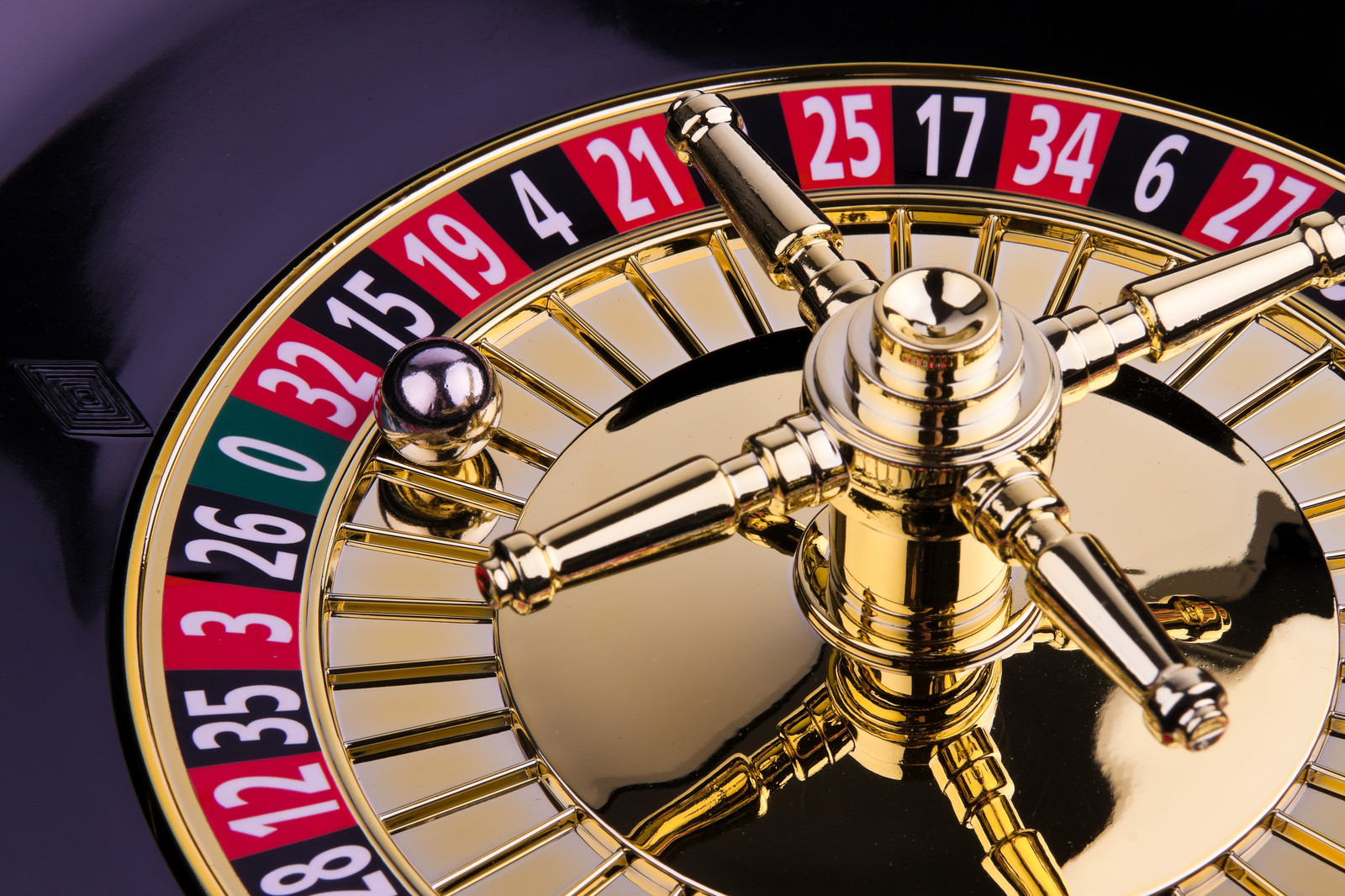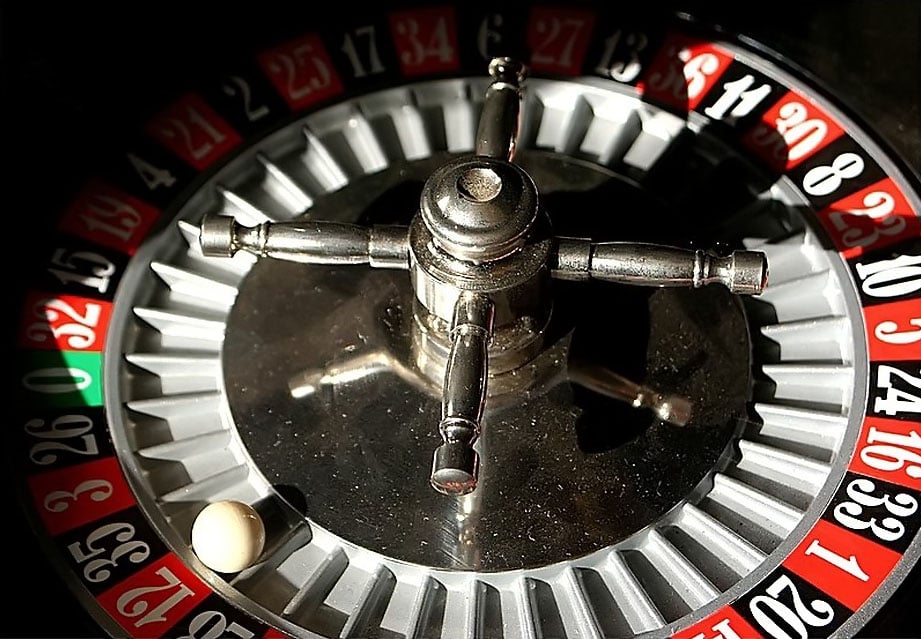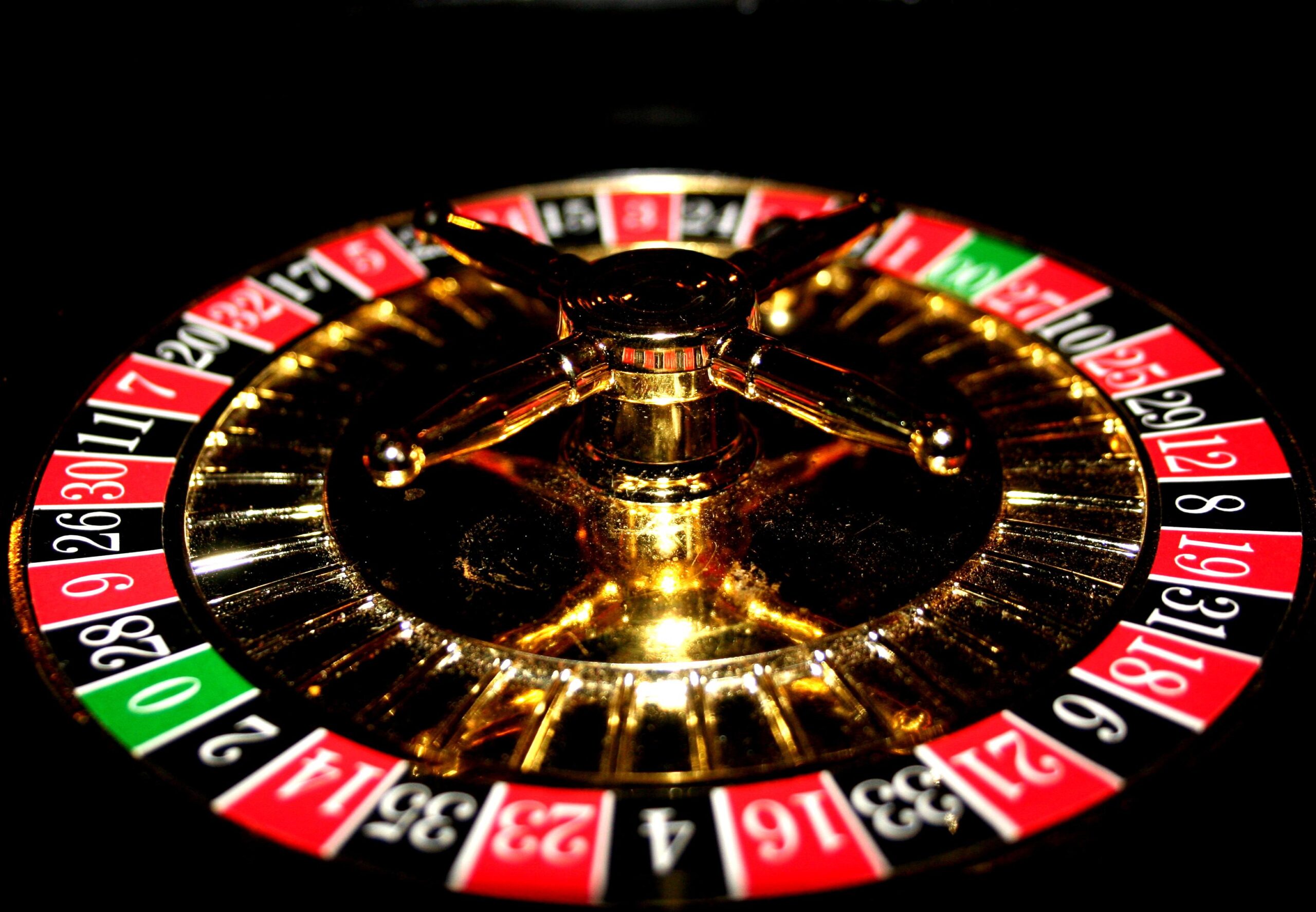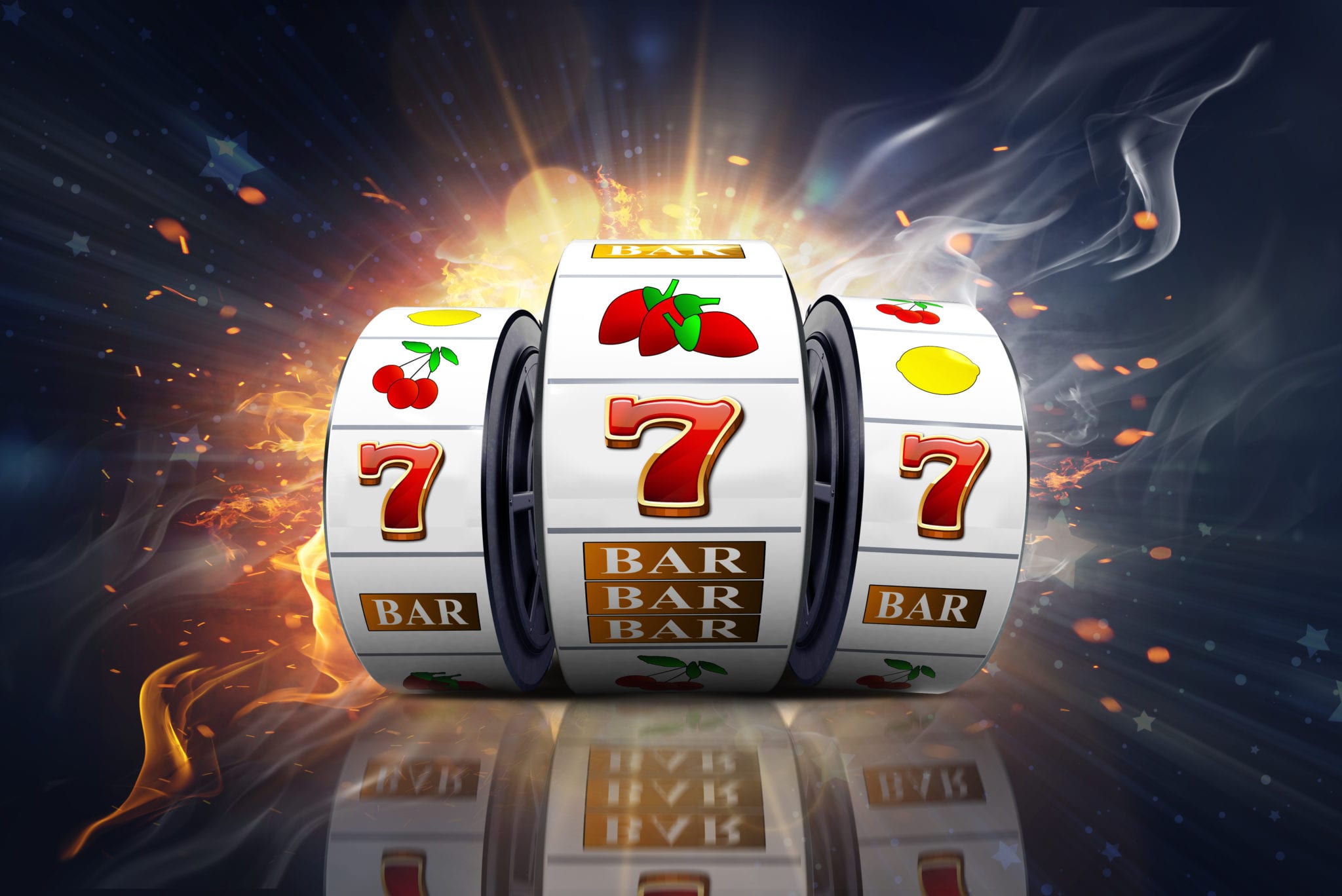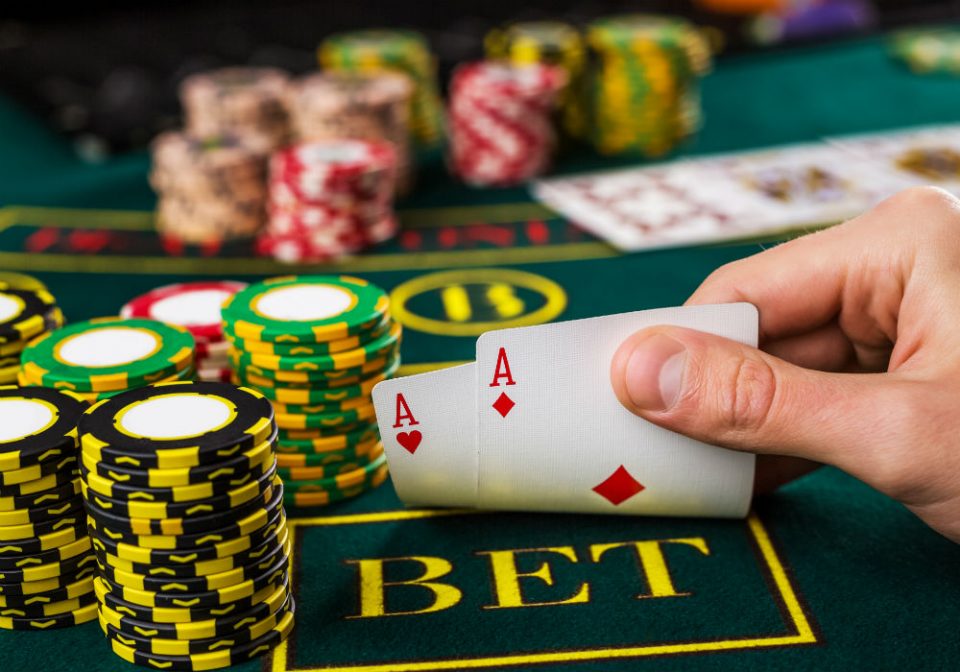Introduction
How To Play Electronic Craps: Electronic craps, also known as digital craps or shoot to win craps, is a modern and automated version of the classic casino dice game, craps. This electronic adaptation offers players a unique and exciting way to experience the thrill of craps without the need for physical dice or traditional craps tables. As technology continues to shape the gaming landscape, electronic craps has become a popular option in many land-based casinos and gambling establishments.
In this introduction to electronic craps, we will delve into the mechanics and gameplay of this digital version of the beloved dice game. From understanding the virtual betting layout to exploring the random number generator (RNG) that determines dice rolls, we will provide insights into how electronic craps works and how it differs from the traditional version.
As we embark on this journey through electronic craps, we will equip you with the essential knowledge to navigate the virtual craps table, place bets, and engage in the exciting world of shoot to win craps. Whether you are a seasoned craps player looking to try a new experience or a newcomer intrigued by the allure of electronic gaming, this guide will help you grasp the fundamentals and enjoy the thrill of electronic craps to the fullest. Let’s roll the digital dice and dive into the captivating realm of electronic craps!

How does electronic craps work?
About Electronic Craps Machines
These include a central dome that is in the midst of chairs for players. In the dome there is a pair of large dice which are “rolled” by a mechanism that thrusts them into the air. Players at the electronic craps table have a console in front of them where they can make wagers.
Electronic craps, also known as digital craps or shoot to win craps, is a modern variation of the classic casino dice game, craps. It offers an electronic and automated version of the game, eliminating the need for physical dice and allowing multiple players to participate simultaneously.
In electronic craps, players place their bets on a virtual betting layout displayed on a large electronic screen or monitor. The game is usually operated by a computer program, and the dice rolls are determined by a random number generator (RNG) to ensure fairness and randomness.
Players take turns shooting the virtual dice by pressing a designated button or placing a bet on the “shooter” position. Once the shooter initiates the roll, the virtual dice are simulated on the screen, and the outcome is determined by the RNG.
The virtual craps table displays the results of the dice roll, including the total sum of the dice and whether the shooter has won or lost based on their bets. Electronic craps also allows players to place various types of bets, just like in traditional craps, such as pass line, don’t pass, come, don’t come, and various proposition bets.
Electronic craps offers several advantages, including faster gameplay, lower minimum bets, and the ability to play at your own pace without the pressure of other players. It is a popular option in many land-based casinos, providing an enjoyable and accessible way to experience the excitement of craps for both new and experienced players.
What is the smartest way to play craps?
So the best strategy is to bet table minimums at don’t pass and don’t come, then reaching your desired total wager by laying the odds. THE UP SIDE: Don’t pass and don’t come while laying the odds give you the lowest house edge in craps.
The smartest way to play craps involves understanding the game, employing sound strategies, and managing your bankroll wisely. Here are some tips to enhance your chances of success:
1. Learn the Rules: Familiarize yourself with the basic rules and various types of bets in craps. Understanding the odds and payouts for each bet will help you make informed decisions.
2. Stick to Low House Edge Bets: Focus on bets with a low house edge, such as the pass line and don’t pass line bets. These have better odds of winning compared to other more complicated bets.
3. Avoid Risky Proposition Bets: Steer clear of high-risk proposition bets with high house edges, such as Any 7 or Any Craps. While they may offer tempting payouts, the odds of winning are typically unfavorable.
4. Use Proper Money Management: Set a budget for your craps session and stick to it. Avoid chasing losses or betting more than you can afford to lose.
5. Take Advantage of Odds Bets: Once you’ve placed a pass line or don’t pass line bet, consider backing it up with an odds bet, as these have zero house edge.
By employing these strategies, you can play craps in a smarter and more calculated manner, increasing the likelihood of having an enjoyable and potentially profitable gaming experience.
What is dice sliding in electronic craps?
According to the Control Board, representatives of The Cosmopolitan of Las Vegas reported on Dec. 1, 2021, that they suspected the four men of cheating in an electronic craps game by “dice sliding” — placing a winning dice combination on the playing surface and sliding instead of rolling the dice.
Dice sliding is a controversial technique used by some players in electronic craps to attempt to gain an advantage in the game. In traditional craps, players roll physical dice on a craps table, making it challenging to manipulate the outcome. However, in electronic craps, where the dice rolls are simulated by a computer program, some players have tried to exploit the system.
Dice sliding involves sliding the dice along the length of the table rather than rolling them. The objective is to create an effect similar to a controlled roll, where the dice land with a specific outcome in mind. By manipulating the speed and angle of the slide, players hope to influence the random number generator (RNG) and achieve more favorable results on their bets.
Casinos strictly prohibit dice sliding and consider it a form of cheating. Electronic craps tables are equipped with sensors that detect the dice movement, and casinos employ surveillance systems to monitor gameplay for any suspicious behavior.
To prevent dice sliding and maintain the integrity of the game, some electronic craps tables have added features to ensure fair play. For instance, they may require players to press a button to initiate the roll, eliminating any advantage that dice sliding might have offered.
Engaging in dice sliding or any form of cheating can lead to severe consequences, including expulsion from the casino and potential legal action. It is always best to play craps and other casino games ethically and in accordance with the established rules and guidelines.
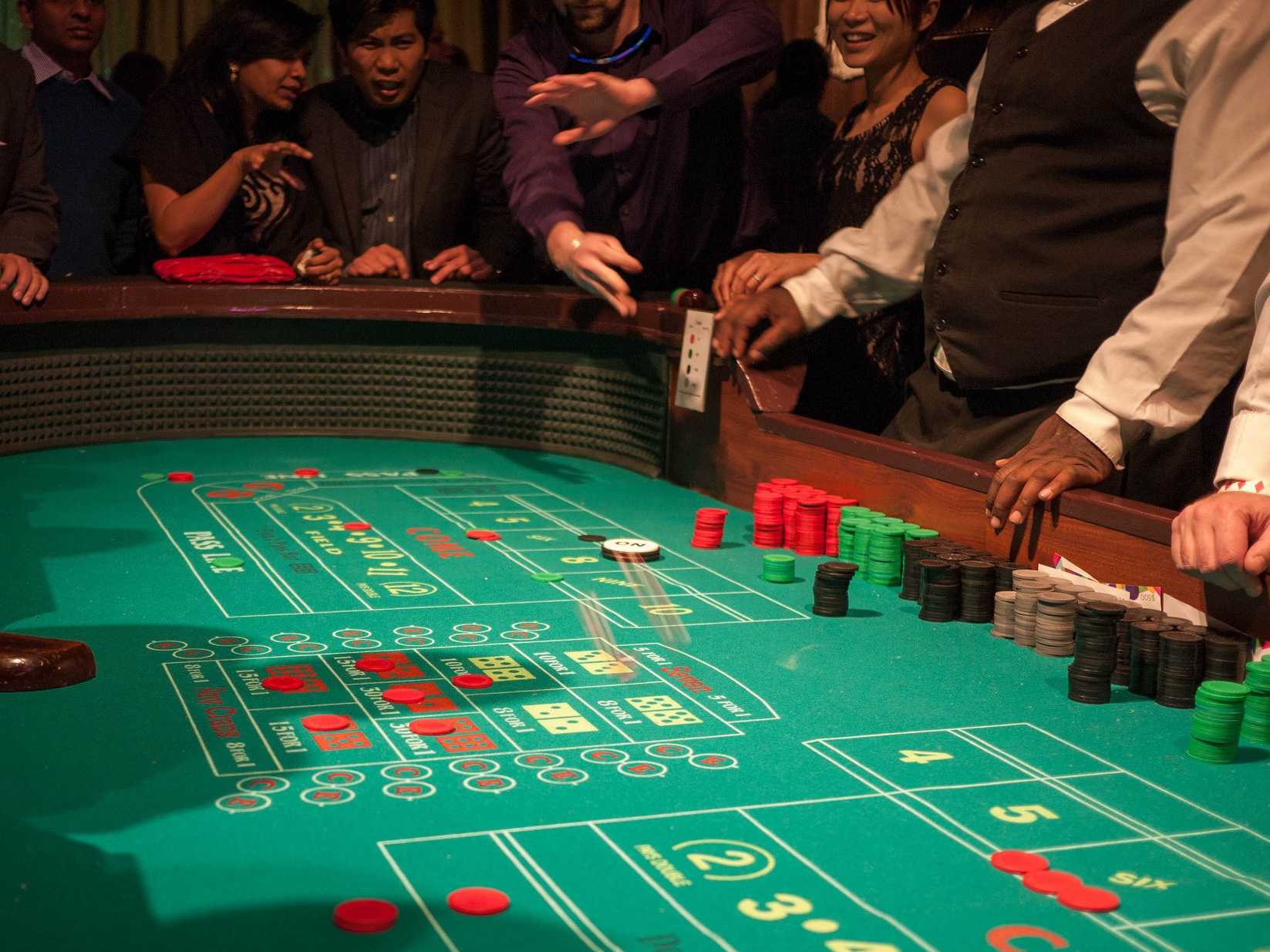
What is the best system to win at craps?
The best strategy to win at craps relies on bets that minimize the house edge and give players the best odds of landing. To win the most amount of money while keeping the house edge low, we recommend players bet the minimum limit on Pass Line/Don’t Pass bets, and then lay the odds.
It’s important to note that no system or strategy can guarantee consistent winnings in craps or any other casino game, as all outcomes are ultimately determined by chance. However, some betting systems are commonly used by players in an attempt to manage their bets and minimize losses. One popular betting system in craps is the “Pass Line” strategy, which involves the following steps:
1. Place a Pass Line Bet: Start by placing a bet on the “Pass Line” before the come-out roll. This bet wins if the come-out roll results in a 7 or 11 and loses if it is a 2, 3, or 12.
2. Take Odds: After a point number (4, 5, 6, 8, 9, or 10) is established, you can “take odds” by placing additional bets behind your original Pass Line bet. The odds bet has no house edge and pays true odds, increasing your potential winnings.
3. Avoid Risky Proposition Bets: Refrain from placing high-risk proposition bets with high house edges, such as Any 7 or Any Craps, as they are less likely to result in a win.
4. Limit the Number of Bets: To manage your bankroll, avoid placing too many bets simultaneously. Stick to essential bets like Pass Line and odds bets.
5. Set Win and Loss Limits: Establish clear win and loss limits for your session. If you reach either limit, walk away from the table to protect your winnings or minimize losses.
Remember that craps is a game of chance, and while strategies can add a layer of enjoyment and discipline to your play, they do not guarantee profits. Always play responsibly and within your budget, focusing on the entertainment aspect of the game rather than a guaranteed source of income.
Does dice control work in craps?
Dice control in casino craps is a controversial theory where proponents claim that individuals can learn to carefully toss the dice so as to influence the outcome. A small but dedicated community of dice shooters claim proof of dice influencing in casino conditions.
Dice control, also known as dice setting or controlled shooting, is a technique where players attempt to influence the outcome of their dice rolls in craps by using a specific grip, throw, or toss. The objective of dice control is to achieve a more favorable result, such as rolling certain numbers repeatedly or avoiding undesirable outcomes like the dreaded “seven out.”
While some players and proponents of dice control claim that it can be effective in improving the chances of certain outcomes, the concept remains highly controversial and subject to much debate among craps enthusiasts and experts.
Casinos are generally skeptical of dice control techniques and often view them as a form of advantage play or even cheating. To counteract dice control attempts, casinos may implement strict rules on how the dice must be thrown or use specialized tables with textured surfaces to minimize any potential influence on the outcome.
Several studies and experiments have been conducted to assess the effectiveness of dice control, but conclusive evidence supporting its reliability remains lacking. The random nature of dice rolls, along with the multitude of factors affecting each roll, makes it challenging to consistently control the outcome.
Ultimately, dice control, even if practiced skillfully, is not a foolproof strategy to win at craps. The game’s results are primarily governed by chance and the laws of probability. As with any form of gambling, players should approach craps with an understanding of its random nature and play responsibly while enjoying the entertainment aspect of the game.
How does electronic craps differ from traditional craps in terms of gameplay and mechanics?
Electronic craps differs from traditional craps primarily in the way the game is played and the mechanics involved. Here are the key differences:
1. Physical Dice vs. Virtual Dice: In traditional craps, players roll physical dice on a physical table. In electronic craps, there are no physical dice. Instead, the game uses a random number generator (RNG) to simulate dice rolls digitally.
2. Table Setup: In traditional craps, the table is manned by a crew, including a stickman, dealers, and a boxman. Players place their bets directly on the table layout. In electronic craps, the game is automated, and players use a touchscreen or buttons to place their bets on a virtual layout displayed on a large screen.
3. Speed and Pacing: Electronic craps tends to be faster-paced compared to traditional craps, as there is no need to wait for the dice to be physically rolled and the results tallied. Players can place bets and proceed with the game more swiftly.
4. Multiple Players: Traditional craps tables can accommodate a limited number of players. In electronic craps, multiple players can participate simultaneously, making it more accessible and accommodating to larger crowds in casinos.
5. Minimum Bets: Electronic craps often offers lower minimum bets than traditional craps, making it a more budget-friendly option for players.
Overall, electronic craps offers a more streamlined and accessible gaming experience, with the added convenience of automation and lower minimum bets. However, some players may prefer the tactile experience and social interaction of traditional craps tables.
What role does the random number generator (RNG) play in determining the outcomes of electronic craps?
The random number generator (RNG) plays a crucial role in determining the outcomes of electronic craps. In this digital version of the game, the RNG is a computer program that generates random and unpredictable sequences of numbers, replicating the roll of physical dice in traditional craps. Here’s how the RNG influences the gameplay:
1. Dice Roll Simulation: Since there are no physical dice in electronic craps, the RNG is responsible for simulating the dice rolls virtually. When a player initiates a roll by pressing a button or making a bet, the RNG generates two random numbers, each representing the outcome of one die.
2. Fairness and Randomness: The RNG ensures that each dice roll is fair and entirely random. It uses complex algorithms that make the outcomes statistically independent of previous rolls or betting patterns. This fairness is crucial in maintaining the integrity of the game and providing an equal chance of winning for all players.
3. Pseudo-Random Numbers: While the term “random” is used, RNGs in computers actually generate pseudo-random numbers. These numbers are determined by an initial value called a seed, and the sequence of numbers appears random, even though it is generated by a deterministic algorithm. Casinos regularly test and audit their RNGs to ensure they meet industry standards for randomness.
4. Real-Time Results: The RNG produces results instantaneously, allowing players to see the outcomes of their bets immediately after initiating a roll. This quick feedback enhances the fast-paced nature of electronic craps and allows for swift gameplay.
Overall, the RNG’s role in electronic craps ensures that the game remains unpredictable, fair, and exciting for all players. It provides a reliable and efficient method for simulating dice rolls and determining the outcomes of bets, making electronic craps a popular option in many casinos.
What are the advantages of playing electronic craps, and how does it cater to both new and experienced players?
Electronic craps offers several advantages that cater to both new and experienced players, making it a popular option in many casinos and gaming establishments.
1. Accessibility: Electronic craps is more accessible to new players who may be intimidated by the fast-paced nature and social interactions at traditional craps tables. The automated setup and virtual betting layout simplify the gameplay, making it easier for newcomers to understand the rules and place bets.
2. Lower Minimum Bets: Electronic craps often offers lower minimum bets compared to traditional craps tables. This feature allows players with smaller bankrolls to enjoy the game without committing significant funds, making it a budget-friendly option.
3. Multiple Players: Electronic craps accommodates multiple players simultaneously. Unlike traditional craps tables, where space may be limited, electronic versions can handle more players, ensuring everyone can participate without waiting for a spot at the table.
4. Faster Gameplay: The automation in electronic craps results in faster gameplay. This appeals to players who prefer a quicker gaming experience and want to place more bets within a shorter timeframe.
5. Reduced Social Pressure: Some players may feel less pressure when playing electronic craps as there is no need to interact with dealers or other players. This can be especially appealing to those who prefer a more solitary gaming experience.

Conclusion
Electronic craps offers a modern and automated twist to the classic casino dice game, providing players with an exciting and convenient way to enjoy the thrill of craps. Throughout this exploration of how to play electronic craps, we have discovered the key aspects that make this digital version unique and engaging.
Electronic craps eliminates the need for physical dice and traditional craps tables, replacing them with virtual betting layouts displayed on electronic screens. Players can participate simultaneously, enjoying faster gameplay and lower minimum bets compared to live craps.
The game operates using a computer program and a random number generator (RNG) to ensure fairness and randomness in dice rolls. Players take turns shooting the virtual dice, and the outcomes are determined by the RNG.
To play electronic craps effectively, it is essential to understand the various betting options, including pass line, don’t pass, odds bets, and proposition bets. Mastering the rules and odds of each bet allows players to make informed decisions and manage their bankroll wisely.
Electronic craps provides an accessible and enjoyable gaming experience for both new and experienced players. Whether in land-based casinos or digital gaming platforms, electronic craps captures the excitement and anticipation of traditional craps while adding the convenience and innovation of modern technology.
As you venture into the captivating world of electronic craps, remember to play responsibly and within your budget. Embrace the digital dice and savor the thrill of shoot to win craps, making the most of this contemporary take on a timeless casino favorite.







